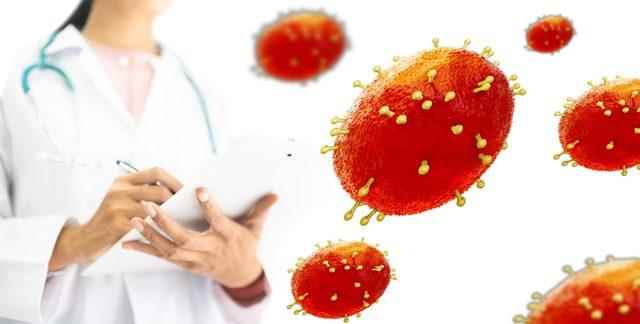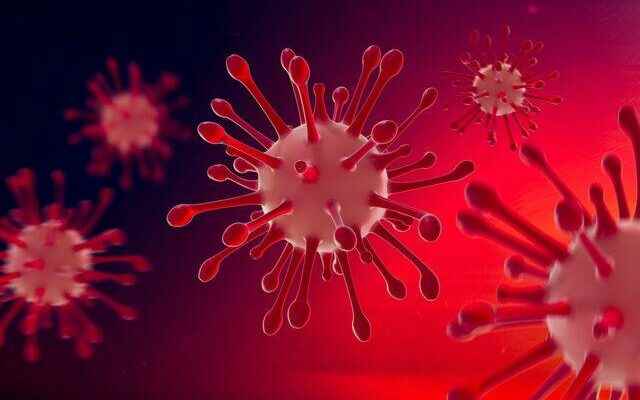Acıbadem University Atakent Hospital Infectious Diseases and Microbiology Specialist Prof. Dr. İftihar Köksal states that the disease, which still occurs in many countries, including European countries and the USA, can also be seen in our country due to the continuation of travels and it can be transmitted by respiratory droplets, and says that there is no need to worry about the disease by being careful and getting information from the right sources. Infectious Diseases and Clinical Microbiology Specialist Prof. Dr. İftihar Köksal explained 5 points to know about Monkeypox Virus and made important warnings and suggestions.
SYMPTOMS OF MONKELOOM VIRUS
After the monkeypox virus is transmitted to humans, the time between the symptoms of the disease varies between 5-21 days. The virus is transmitted not during the incubation period, but after the symptoms appear. The disease primarily manifests itself with 85 percent of high fever, headache, muscle aches, swelling in the lymph nodes, chills and weakness. 1 to 3 days (sometimes longer) after the onset of fever, 97 percent of patients develop a rash that usually starts on the face and spreads to other parts of the body. The lesions first appear as a rash on the skin, and then as a blister (pustule). The pustule persists for about 7 days and then crusts. The disease heals spontaneously in about 2-4 weeks. Diagnosis of Monkeypox Virus is made by PCR testing on fluids taken from lesions on the skin. Preferably, it is necessary to take samples from more than one lesion.
THERE ARE MANY WAYS OF CONTACT US FROM RESPIRATORY TO THE EYES
Transmission of Monkeypox Virus; It is caused by contact with the skin and bodily fluids of animals and rodents such as monkeys, rats or squirrels infected with the virus. The virus is also transmitted from person to person. It enters particularly through irritated skin, minor scratches, respiratory droplets or mucous membranes (eyes, nose or mouth). Since respiratory droplets cannot move more than a few meters, they are transmitted during prolonged face-to-face contact. Human-to-human transmission occurs through body fluids and sexual intercourse, apart from these factors.

IT DOESN’T STUDY MUTATION LIKE COVID-19
Stating that Covid-19 is an RNA virus, that is, it spreads too much by mutating too much, Prof. Dr. İftihar Köksal says, “There is no expectation of a pandemic since Monkey Flower suddenly mutates and infects people as easily as Covid-19.” In addition, Prof. Stating that the risk of transmission of Covid-19 is much higher due to viruses suspended in the air, while the Monkey Flower virus cannot hang in the air, it requires a long time face-to-face contact for its transmission. Dr. İftihar Köksal emphasizes that she still has drugs against the disease and a vaccine that can be activated when necessary, so there is no need to panic.

NO SPECIAL TREATMENT
While the disease is severe, especially in immunocompromised individuals and children, it can also lead to life-threatening risks. Infectious Diseases and Clinical Microbiology Specialist Prof. Dr. İftihar Köksal states that there is no specific treatment for Monkeypox infection today, and that the disease usually heals spontaneously in about two to four weeks, and says: “The smallpox vaccine is at least 85 percent effective in protecting against Monkeypox. In the US, experts also state that vaccination after exposure to Monkeypox can help prevent or make the disease less severe. Smallpox vaccine is a vaccine that is not included in routine practice today. If there is an increase in Monkeypox disease in the world, a new decision can be made for vaccination with smallpox vaccine.”
WAYS TO PROTECT FROM THE MONKLE POISON VIRUS
To prevent the transmission of infection by respiratory and contact routes; Stating that appropriate respiratory isolation is essential for suspected and confirmed cases, Prof. Dr. İftihar Köksal “Since even crusted rashes are contagious, care must be taken to avoid infection by contact, such as bedding and clothing. Washing hands frequently and paying attention to hygiene rules are the most effective methods of protection. In order to prevent transmission to healthcare workers, suspicious cases should be carefully evaluated and samples of patients should be studied under appropriate conditions.
